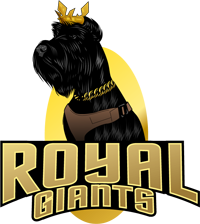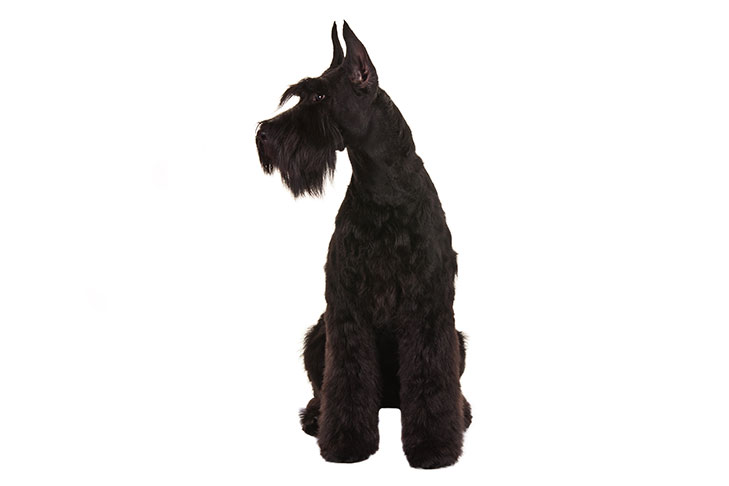Getting old is inevitable, but dogs like giant schnauzers age differently compared to humans. How will you know that your furry friends are reaching their senior years? Have you ever wondered how to take care of them? Here’s what you need to know.
How will I know that my giant schnauzer is aging?
If you want to determine if your dog is reaching their golden years, you must be aware of their breed and size. Small breed dogs like Chihuahuas, Pomeranians, and Yorkshire terriers are considered old if they reach around 10-12 years old. Medium-size breeds like Bulldogs, Corgis, and Giant schnauzers start to age between 8-9 years old while Dalmatians, Dobermans, and Great Danes are large breed dogs who get old when they reach the age of 6-7 years.
Knowing the signs that your dog is aging in terms of physical and behavioral aspects, will help you prepare on how to take care of them.
What are the physical signs and odd behavior to look for in an aging giant schnauzer?
1. Vision problems.
If you noticed that your dog starts bumping into things, or is starting to ignore you, then he’s likely suffering from eye cloudiness. Losing your giant schnauzer’s sight might come undetected as it occurs gradually. Schedule for a vet consults to determine and treat this problem right away.
2. Difficulty getting around.
If your giant schnauzers are old, they tend to experience muscle loss and you might see weakness in the legs. Your pet will likely have mobility issues and this could be due to arthritis or any degenerative disease. That being said, you as a pet owner should make adjustments with regards to their daily exercise like slower or shorter walks.
3. Weight change.
Since your giant schnauzers are old, they don’t move that much which is why they gain weight. When this happens, it is recommended that you regulate your canine companion’s diet to maintain a healthy weight. However, senior dogs can also lose weight and it could probably be due to reduced muscle mass or simply loss of appetite. Consult your vet if your pet loses 10% of their body weight in a few months.
4. A more anxious giant schnauzer
If your giant schnauzers are showing strange behaviors that they normally don’t have such as new noise phobias, or increased agitation or irritation than usual, a visit to the vet is a good idea to let your pet get a full examination and find out the root cause of exaggerated behavior.
5. Canine cognitive dysfunction syndrome
Changes in behavior in your giant schnauzer may be due to canine cognitive dysfunction syndrome. The disorder is similar to Alzheimer’s disease in humans and the following behavior could be present in your pet:
- Fear of familiar people or objects
- Changes in sleep-wake pattern
- Frequent barking
- House soiling
- Increased anxiety
- Confused state
- A significant change in activity level
- Forgetting commands she once knew
Tips for caring for your old giant schnauzers
The care that you give for your puppies should also be the same when you care for your senior pets. Here is a list of things you can do for your aging giant schnauzer’s welfare:
1. Vet care.
Since old dogs are more prone to acquire illnesses, you need to have them checked regularly by your vet. This may somehow prevent any disease that they may catch, maintaining a better quality of life for them.
2. Nutrition.
To prevent them from getting obese, adjust their diet, and let your vet help you determine their ideal weight and what nutrition is best for your aging giant schnauzer.
3. Physical and Mental Exercise
There’s no excuse that your aging pet will stop from daily exercise, just choose an exercise that your dog needs and can do. Always challenge your dog with new but simple training tricks to keep their brains healthy.
Our senior pets still deserve a comfortable life even if they’re old. It’s your responsibility as a pet owner to pay close attention to the side effects of aging for them to still enjoy life while they can.
Credits:


Recent Comments